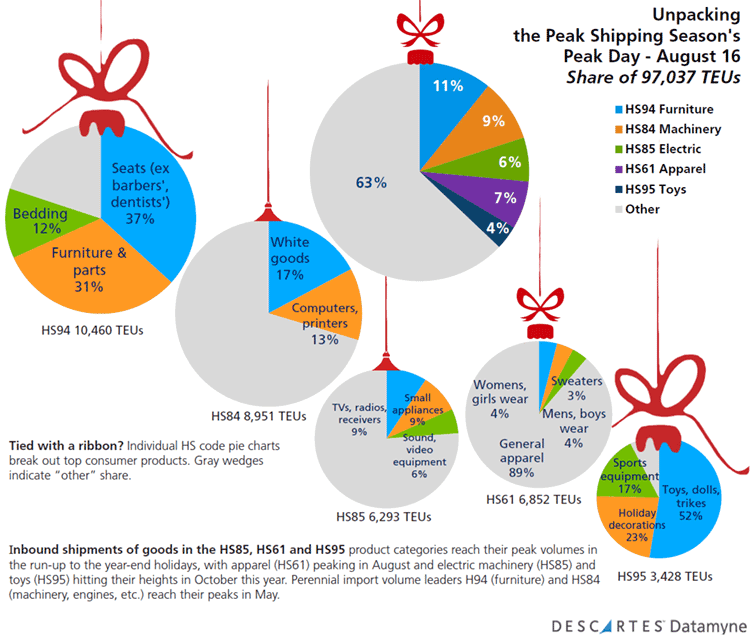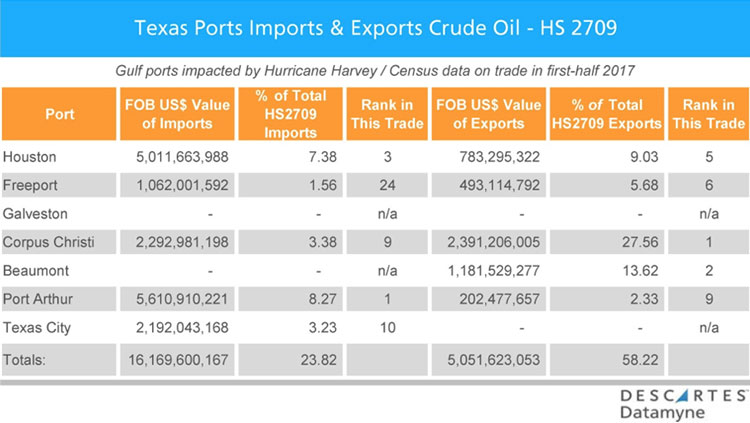Carriers can’t get together behind rate increases; smooth sailing for exporters | by Bill Armbruster, blog anchor.
Container carriers insist they need more revenue to offset costs, but they will probably get little or no increase in rates anytime soon. The reasons are twofold: weak demand and the inability of the carriers to stick their guns.
Members of the TransPacific Shipping Agreement planned to raise rates by $400 per 40-foot container on shipments from Asia to the West Coast, effective July 1, and by $600 to the East Coast and inland destinations. But by June 21 many of the lines had already informed shippers that they were canceling the planned increases, according to Pat Moffett, vice president for international logistics with Voxx International. “I don’t see anybody sticking to this at all,” Moffett told me, noting that similar attempts earlier in the year produced the same result.
A top executive with a major Asian carrier essentially agreed. “Rates are definitely under pressure. “Every time we announce a GRI [general rate increase], rates go up and then they go back,” he said glumly.
The entry of United Arab Shipping Co. into the transPacific trade in May has exacerbated the imbalance between supply and demand. UASC offers 3,000 container slots on three services it operates together with China Shipping Container Line.
The failure of the GRIs reflects the decline in Asia-West Coast spot rates, which dropped from $2,221 at the beginning of the year to $1,881 by mid-June, according to maritime analyst Lars Jensen of SeaIntel. A year ago they were around $2,700, he said.
With Europe mired in recession, spot rates have plunged even deeper on Asia-Europe routes, falling from $1,270 per TEU at the beginning of the year to just $533 in mid-June, according to Jensen. In June of last year, they were around $1,600.
In the golden years before the Great Recession, carriers could always count on strong import demand during the peak summer months. Those days are gone. The Global Port Tracker estimates that year-over-year US container import growth will be less than 2% each month from June through September, before rising to 7.9% in October. If the forecast of a late peak proves accurate, carriers might be able to push through a modest rate increase at that time, though I think it would probably be short-lived.
Exporters are not facing any major challenges at this time. Bob Weiss, independent administrator of the Food Shippers Association of North America, said rates are down a bit from last year, especially for reefers, though some carriers are holding steady on rates. Unlike the equipment and space shortages that have plagued exporters in the past, both equipment and vessel space are available now, he said.
That’s also the case for Kingsport, Tenn.-based Eastman Chemical Co., according to marine procurement manager Klaus Schnede. Capacity was, however, tight until May when carriers put idle vessels back in service. “We don’t see space or rates issues until the fourth quarter when the next winter lay-ups come,” he said.
Looking further into the future, Schnede said the big question is whether 2014 or 2015 will be a turning point when fewer new vessels will be put into services. The new vessels, however, include a raft of 18,000-TEU vessels ordered by Maersk, China Shipping and UASC. Nonetheless, China Shipping will be reducing its net capacity over the next two years through a combination of vessel retirements and returning chartered vessels to their owners, the carrier’s chairman, Li Shaode, said in an interview with Seatrade Global.
The net reduction will only be 29,000 TEUs, but if more carriers reduce their capacity, they could lower the gap between supply and demand. “There’s more scrapping of older vessels than ever before,” Schnede told me. “If there’s strong market growth, who knows?”
Good question. A net reduction in capacity, or at least slower increases, together with increased demand, will restore more equilibrium in the market. But that won’t happen until the fall at the earliest. For the next few months, I don’t expect any significant increases in rates or space shortages.
 Bill Armbruster, the anchor for the Datamyne Blog has covered shipping and trade for 30 years as a reporter and editor with The Journal of Commerce and Shipping Digest. “I’ll be blogging on headline news and current issues in oceangoing commerce, trying to shed some light on the backstories and, wherever I can, supply some sound advice for shippers.” Write Bill care of [email protected]
Bill Armbruster, the anchor for the Datamyne Blog has covered shipping and trade for 30 years as a reporter and editor with The Journal of Commerce and Shipping Digest. “I’ll be blogging on headline news and current issues in oceangoing commerce, trying to shed some light on the backstories and, wherever I can, supply some sound advice for shippers.” Write Bill care of [email protected]
The opinions expressed in this article are those of its author and do not purport to reflect the opinions or views or Descartes Datamyne. In addition, this article is for general information purposes only and it’s not intended to provide legal advice or opinions of any kind and my not be used for professional or commercial purposes. No one should act, or refrain from acting, based solely on this article without first seeking appropriate legal or other professional advice.





